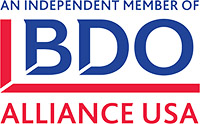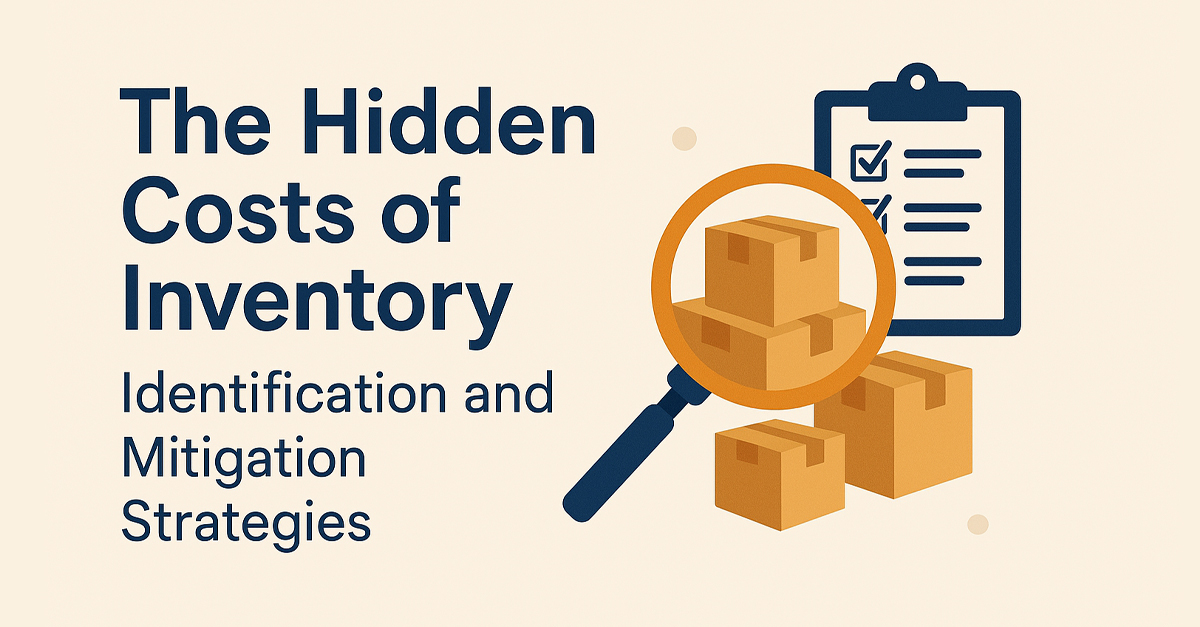What is UNICAP?
This is a continuation of my last article What is UNICAP? Section 263A Explained. 263A (also referred to as UNICAP) is a very complex topic. The goal of this article is touch on the high points to help the reader get more comfortable with 263A. However, this is just a starting point and not a comprehensive “how to”. A good starting point for those seeking more intricate details is Treasury Regulation 1.263A.
Implementing the guidance covered in 263A can create an administrative burden for businesses. To help alleviate this burden, the IRS offers a few simplified methods. In my experience and opinion, the label “simplified”, is a very generous. Even these simplified methods require a good amount of legwork.
UNICAP BUCKETS
The first step is breaking down the expenses from the financial statements into three buckets.

Direct Costs
Direct materials, direct labor, or stock purchased for resale. In most cases, these are already being capitalized for financial statement purposes.

Deductable Costs
Deductible costs that are completely unrelated to inventory. Some examples from the reg. include selling and distribution costs.

Indirect Costs
Or costs that benefit production/resale, but are not directly related. Examples from the regulation include employee benefit expenses, rent, insurance, and service costs.
The last example heeds special attention, and we will circle back to later.
DIVIDING UP THE INDIRECT COST BUCKET
With the exception of the service costs, the indirect costs need to be allocated between a portion that is unrelated to production/resale, hence fully deductible, and a portion related to inventory that needs to be capitalized as 263A costs. The IRS provides several methods for accomplishing this split. Some examples of these methods are the specific identification method, burden rate/standard cost method, and reasonable allocation method.
As mentioned earlier, service costs require additional consideration. Service costs are those that can be identified by their department and function. Examples could be accounting, IT, legal, or other similar service function/departments. Unlike other indirect costs, service costs must be broken into three categories. The first two categories are the same fully deductible/fully 263A capitalizable groups. The third group is mixed service costs. These are the portion of the service costs that are partially allocable to production/resale and partially allocable to unrelated/fully deductible activities. The IRS provides a simplified method specifically for determining what amount of mixed service costs are deductible versus fully capitalizable. This can be found in the regulations.
END OF THE YEAR 263A INVENTORY BALANCES
At this point, you have your total amount of 263A costs for the year. However, like regular inventory, you need to determine how much of the 263A costs are in inventory at year end, versus those connected to sold inventory. For producers, the simplified production method can be used. Total 263A costs is divided by the base IRC 471 costs (those costs already accounted for in the year-end inventory valuation) to arrive at the absorption ratio. The absorption ratio is then multiplied by ending inventory to arrive at ending 263A for the year. If business had 263A in the prior year, the effect to taxable income is the change in the beginning and ending 263A amounts. Companies that do resale have a similar simplified method for calculating year end 263A.
IN CONCLUSION
In conclusion, while UNICAP under Section 263A provides a structured framework for allocating costs to inventory, it is undoubtedly a complex and detail-intensive process. From breaking down expenses into buckets to navigating the rules for indirect and mixed service costs, the administrative burden can be significant. Even the IRS’s so-called “simplified methods” require careful attention and precise implementation. However, with a strong grasp of the foundational concepts and proper application of the Treasury Regulations, businesses can better manage their compliance and minimize the risk of errors. As always, consulting with a tax professional experienced in 263A is highly recommended to ensure accuracy and efficiency in meeting these intricate requirements.






